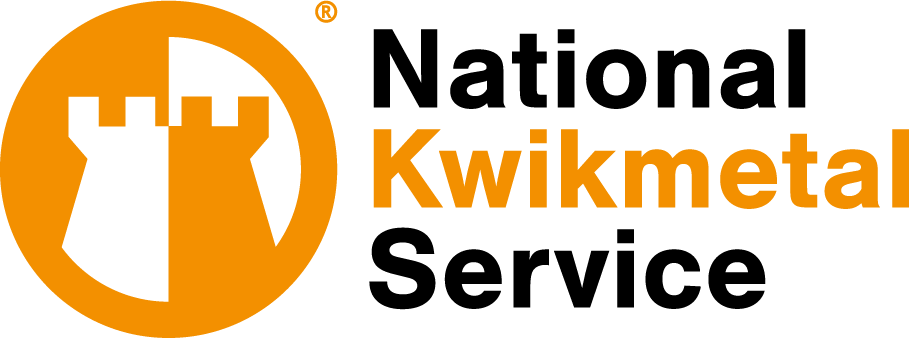
San Jose Stainless steel slitting is a machining service in which wide coils are slit or cut into narrower widths with state-of-the-art machinery. However, at NKS, potential clients come to us with many questions about the process. In this blog, we’re going to discuss some of the questions that we are most commonly asked.
A slitting line is used to produce smaller coils that are cut into narrower widths. A master coil is squeezed through the slitting line to achieve the desired measurements. Also known as muts or strips, these coils are then sent to the downstream operations to complete the production. In addition to stainless steel, the slitting line is also equipped to slit ferrous metals, nonferrous metals, and aluminum.
Light Gauge Slitting Line – These process differently-sized stainless steel coils to produce around 0.15 mm to 4 mm thick strips.
Medium Gauge Slitting Line – These are designed to slit materials at a thickness of 1 mm to 10 mm. Medium gauge lines are capable of cutting heavy materials, and they can also achieve the precision of lighter gauges.
Heavy Gauge Slitting Line – These slitting lines can process materials at a thickness of 8 mm to 20 mm, and they are built for the toughest industrial applications.
A slitting line works continuously by cutting larger stainless steel rolls into smaller strips with absolute precision. Two sharp rotary blades separated by spacers and stationed on top and bottom make the cuts according to the desired specifications every time.
Cut-to-length is a straightforward process where processing lines take uncoiled sections and cut them into multiple lengths. Intense force is applied to compress and flatten the material, depending on the desired thickness. However, the slitting process takes the master coil and breaks it down into smaller coils that have specific widths. In other words, the metal coils remain intact during the slitting process, whereas the metal is uncoiled during the cut-to-length process.
The uncoiler is a piece of equipment that’s located right at the beginning of the process line that uncoils the strip carefully. It efficiently controls the strip’s direction and the speed as it unwinds.
The recoiler is a piece of equipment that’s part of the slitting line, and it’s used to bind the slit strips onto a spool-shaped machine. It helps control the speed and direction of the strip as it rewinds.
Having your metal slit by an experienced and reliable industry expert offers several benefits. It helps achieve tighter tolerances, which reduces waste and keeping the product uniform. When properly slit, the stainless steel coils can be used to manufacture automotive parts, electrical units, medical equipment, fin tube applications, and much more.
At NKS, we serve clients coming from diverse industries and different parts of the continent. They ask us questions, and we make sure they end up with the answers they’re seeking.
NKS offers stainless steel slitting services in San Jose with a special emphasis on precision slitting. Whether it’s your own product or our inventory, we can slit the metal according to your specific requirements.
Our years of experience speaks volumes, and it’s a big reason why we’re one of the most trusted metal distributors in North America. We offer unmatched customer support, and we are happy to answer any of your questions. Whatever your needs are — big or small — give us a call at 1800-722-5029, and we’ll offer you a highly personalized solution. Request a quote today to get started.
Toll Free: 800-722-5029
Phone: 847-257-6570
Phone: 442-980-0611
Phone: 615-793-4700
Toll Free: 800-722-5029
Phone: 442-980-0611